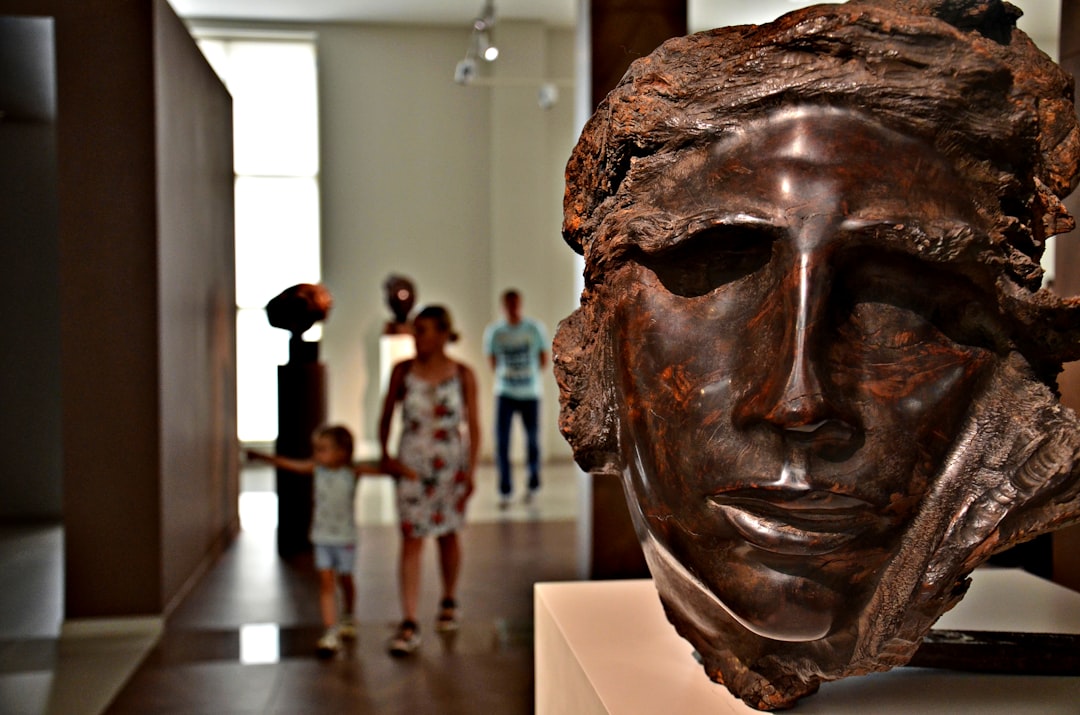Botanical art has been a beloved form of artistic expression for centuries, capturing the beauty and intricacy of plant life in stunning detail. From ancient civilizations to modern-day artists, the art form has evolved and flourished, showcasing the diversity and beauty of the natural world.
The roots of botanical art can be traced back to ancient civilizations, where plants were depicted in paintings and drawings for medicinal and scientific purposes. The Greek physician Dioscorides, for example, documented over 600 medicinal plants in his De Materia Medica, a seminal work that influenced botanical art for centuries to come.
During the Renaissance, botanical art reached new heights of sophistication and realism, with artists like Leonardo da Vinci and Albrecht Dürer creating detailed botanical illustrations that were both scientifically accurate and aesthetically pleasing. It was during this time that the art form truly began to flourish, as artists and scientists alike recognized the value of accurately depicting plant life for study and observation.
One of the most famous botanical artists of the 18th century was Maria Sibylla Merian, a German naturalist and illustrator who is known for her detailed and vibrant illustrations of insects and plants. Merian’s work is still celebrated today for its scientific accuracy and stunning beauty, showcasing the intricate details of plant life in a way that had never been seen before.
In the 19th century, botanical art underwent a revival, thanks in part to the work of artists like Pierre-Joseph Redouté, known as the “Raphael of Flowers.” Redouté’s exquisite watercolor illustrations of roses, lilies, and other floral specimens are still admired for their delicate beauty and precision, capturing the essence of each plant in vibrant color and detail.
Today, botanical art continues to inspire and captivate artists and nature lovers alike, with a resurgence of interest in the art form in recent years. Artists around the world are rediscovering the beauty and complexity of plant life, creating stunning botanical illustrations that pay homage to the rich tradition of botanical art while pushing the boundaries of creativity and expression.
One of the unique aspects of botanical art is its blend of science and art, as artists strive to accurately depict plant specimens while also capturing their natural beauty and essence. This union of precision and creativity requires a keen eye for detail and a deep appreciation for the natural world, resulting in artworks that are both scientifically valuable and emotionally moving.
The beauty of botanical art lies in its ability to transport viewers into the natural world, capturing the intricate patterns and vivid colors of plant life in a way that is both striking and serene. Whether through delicate watercolor paintings, detailed pen-and-ink drawings, or vibrant digital illustrations, botanical artists have the power to bring the beauty of nature to life on the page, inspiring wonder and awe in those who behold their work.
In an age of digital technology and mass production, botanical art serves as a reminder of the importance of slowing down and taking the time to appreciate the beauty and complexity of the natural world. Each leaf, petal, and stem is a work of art in itself, waiting to be discovered and celebrated through the skillful hand of a talented botanical artist.
In conclusion, the beauty of botanical art lies in its ability to showcase the diversity and intricacy of plant life in a way that is both scientifically accurate and aesthetically pleasing. From ancient civilizations to modern-day artists, the art form has captivated viewers with its stunning detail and vibrant color, reminding us of the beauty and wonder that can be found in the natural world. Whether through traditional techniques or innovative approaches, botanical art continues to inspire and enchant, inviting us to explore the beauty of nature in all its forms.

